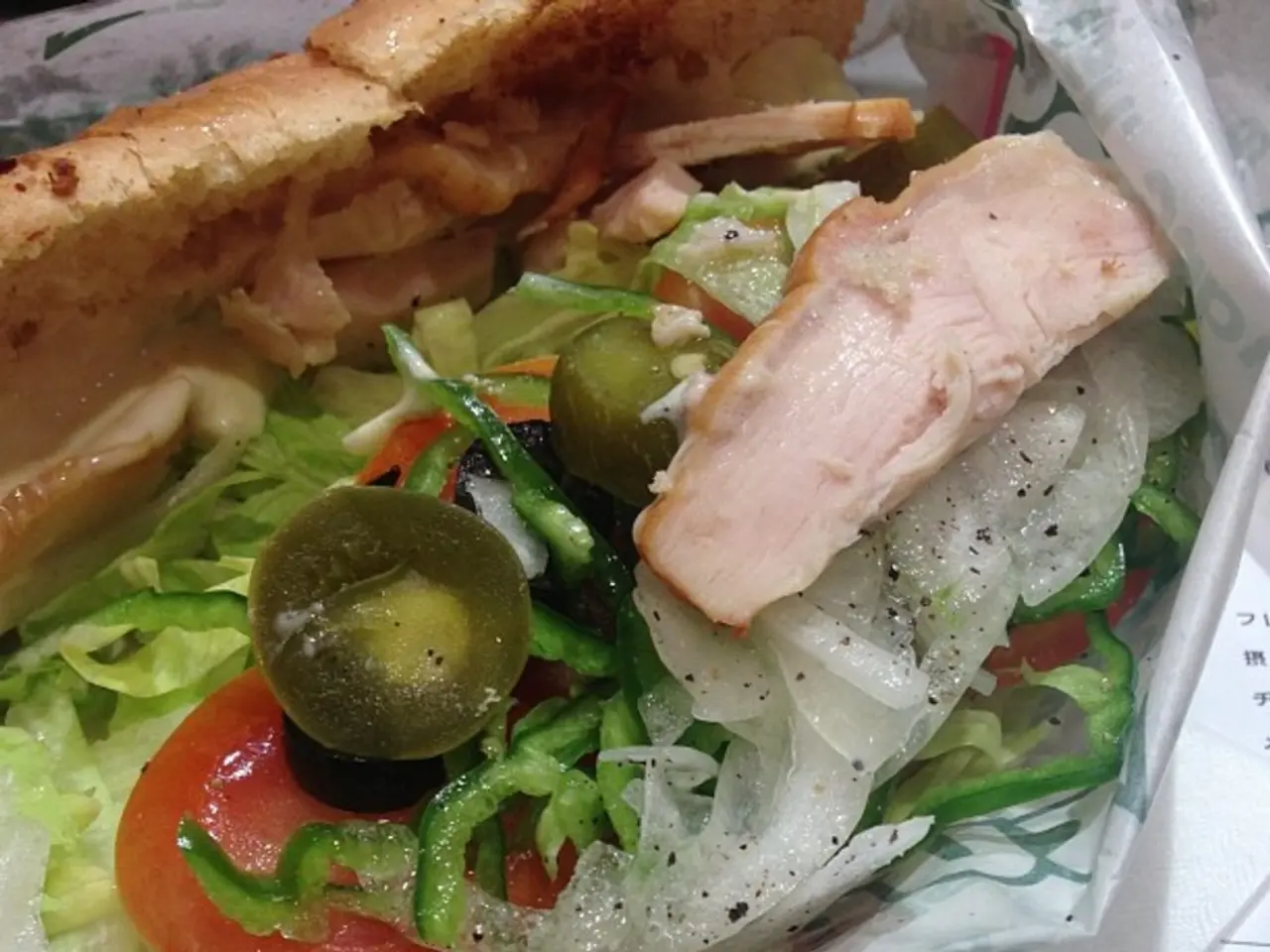Tesla's parking assistance system through Vision technology frequently experiences malfunctions.
Hey there! Let's dive into the world of electric vehicles and take a closer look at Tesla's "Vision" parking assistance system. Seems like it's not living up to the hype when it comes to parking, according to a series of expert reports.
Tesla's bet on cameras instead of sensors for its assistance system might not be paying off as planned. Reports commissioned by German courts and obtained by Der Spiegel highlight Tesla's struggles with the "Tesla Vision" system in parking situations. Elon Musk, the tech billionaire behind Tesla, didn't respond to the magazine's questions about the expert reports.
The reports paint a stark picture. Tesla's camera-based system often misinterprets obstacles, displaying them as an undefined cloud that can disappear or be completely missed, such as a child sitting in front of the car. Warnings about potential dangers appear and disappear erratically, making it difficult for drivers to trust the system.
A particularly damning report focuses on the Model Y, Tesla's best-selling vehicle. The expert concludes, "Tesla Vision is not equivalent in function." This is quite a blow considering the hype surrounding Tesla's self-driving capabilities.
To better understand the issue, two Tesla Model 3s were tested—one with ultrasonic sensors and one with cameras—both with the same software version. The testing also included a Peugeot 308, which consistently outperformed the Tesla with the camera-based system. The parking assistance in the Tesla was "assessed as insufficiently functional."
Now, why is Tesla facing these issues? Well, unlike many competitors who use multi-sensor fusion (cameras plus ultrasonic sensors or LiDAR), Tesla relies exclusively on cameras. Although this approach is cost-effective, it can miss fine spatial details and struggle in challenging lighting conditions. Moreover, Tesla's system often only recognizes parking spots as it approaches them, which can result in missed or poorly aligned parking attempts.
So, there you have it! Tesla's camera-based parking assistance can be a bit hit-or-miss compared to its competitors who use multi-sensor systems. But remember, every tech giant faces its own share of challenges, and this doesn't take away from the incredible strides Tesla has made in the electric vehicle market. Still, it's crucial for Tesla to address these issues to maintain its reputation and consumer trust.
Sources: ntv.de, as
P.S: Oh, and if you're curious about the differences between Tesla's Vision-only system and systems using multi-sensor fusion, here's a quick rundown: Tesla's system is prone to inconsistent accuracy, particularly in complex or low-contrast environments, while competitors' systems offer very high accuracy (even down to 2 cm!). The multi-sensor systems also handle shadows and lighting conditions better and offer more comprehensive proactive spot detection. User experience can still be a subjective matter, but generally, multi-sensor systems seem to be more reliable.
- The struggles with Tesla's camera-based parking system, as highlighted in expert reports and the media, could potentially be a consequence of Tesla's exclusive reliance on cameras, while industry competitors utilize multi-sensor fusion for their parking assistance systems.
- In the realm of electric vehicles, the financially significant automotive industry could benefit from investigating the varying efficiencies of parking assistance systems, such as comparing Tesla's camera-based system with those employing multi-sensor fusion.
- Technology advancements, such as multi-sensor fusion systems, could provide improved performance in parking assistance, addressing issues faced by systems relying solely on cameras, like Tesla's Vision system, in terms of consistency and accuracy, especially in challenging lighting conditions and complex environments.




